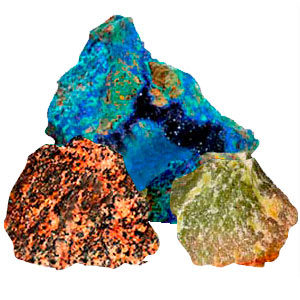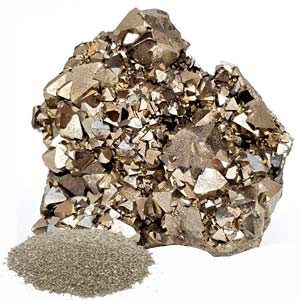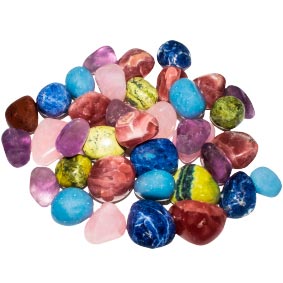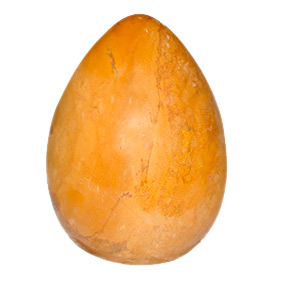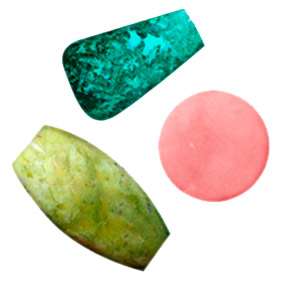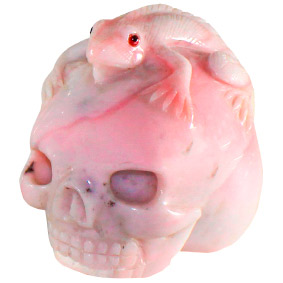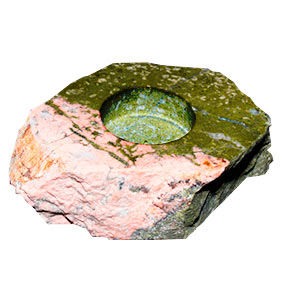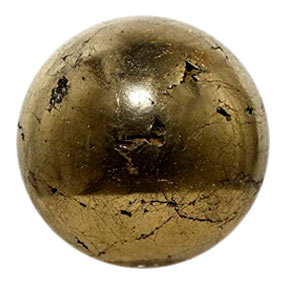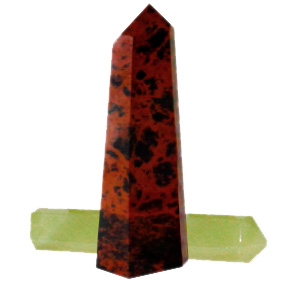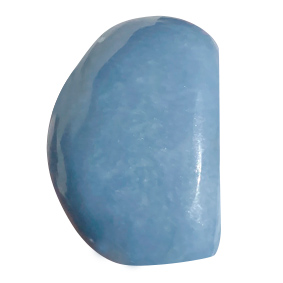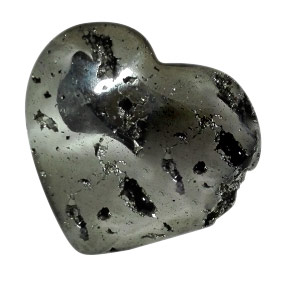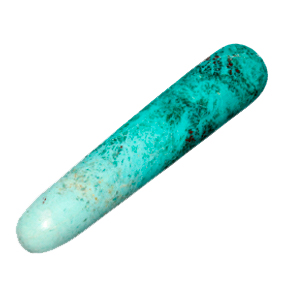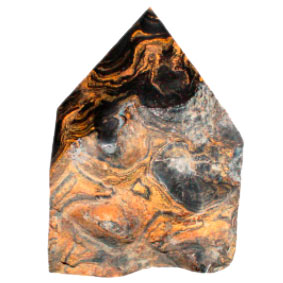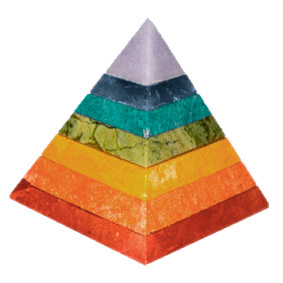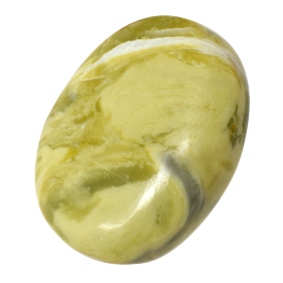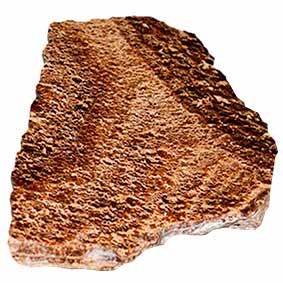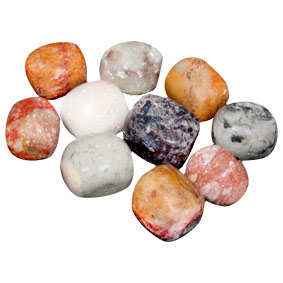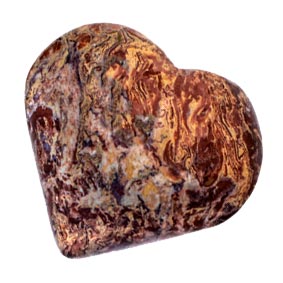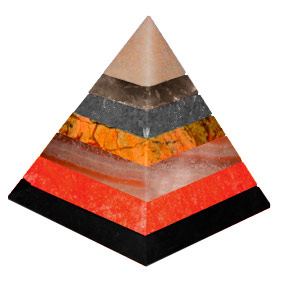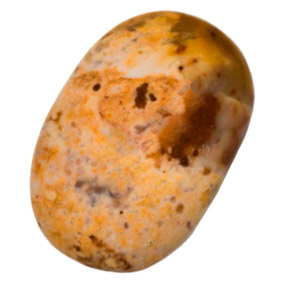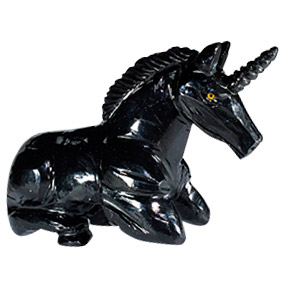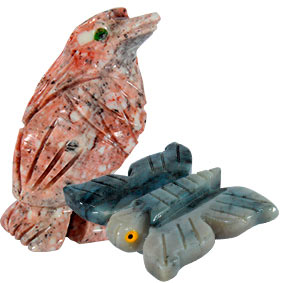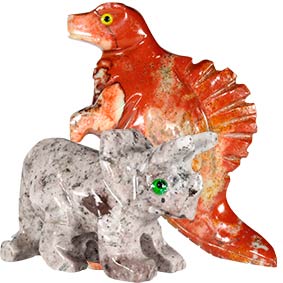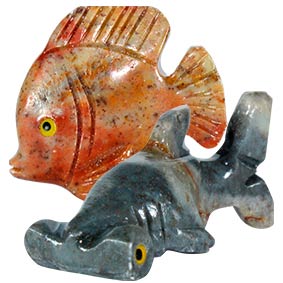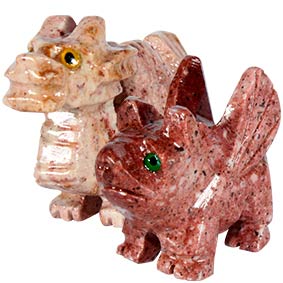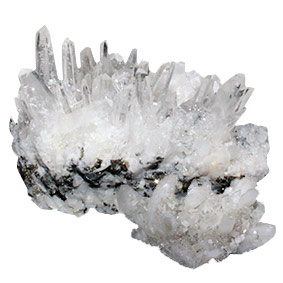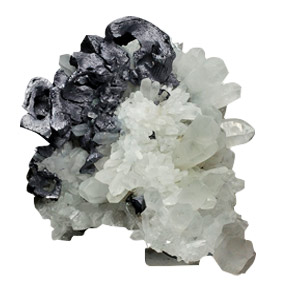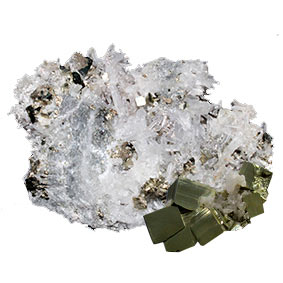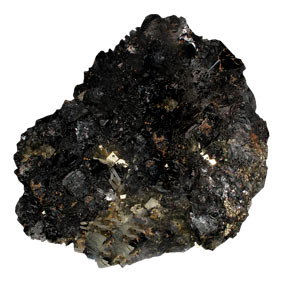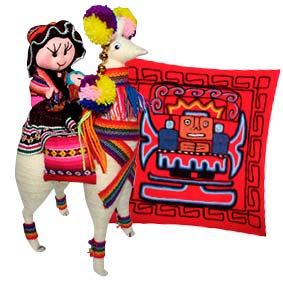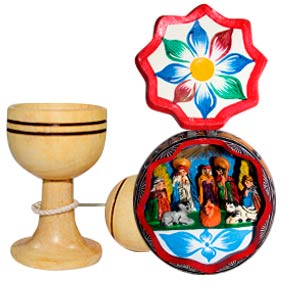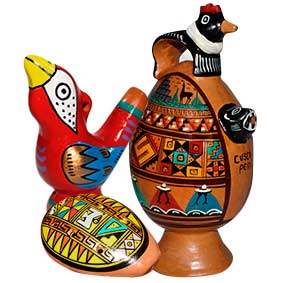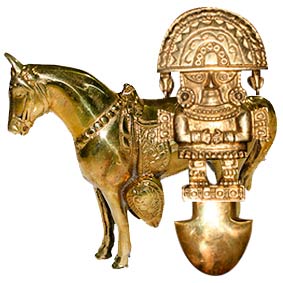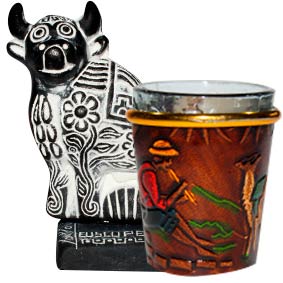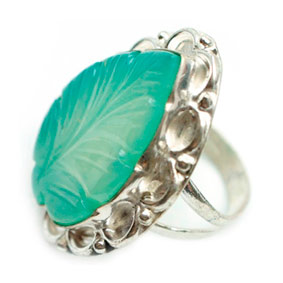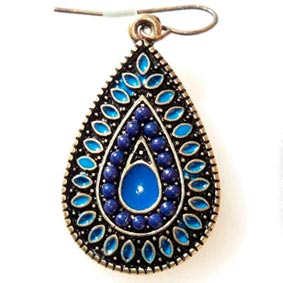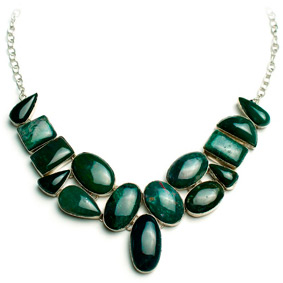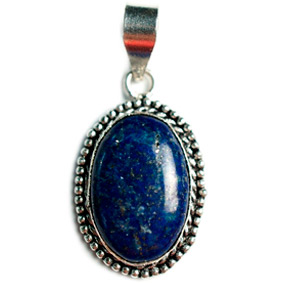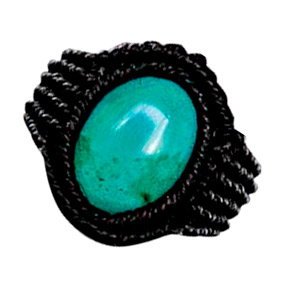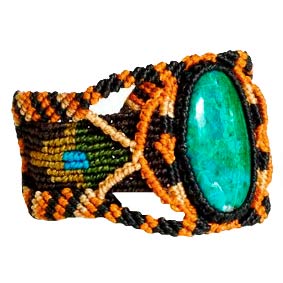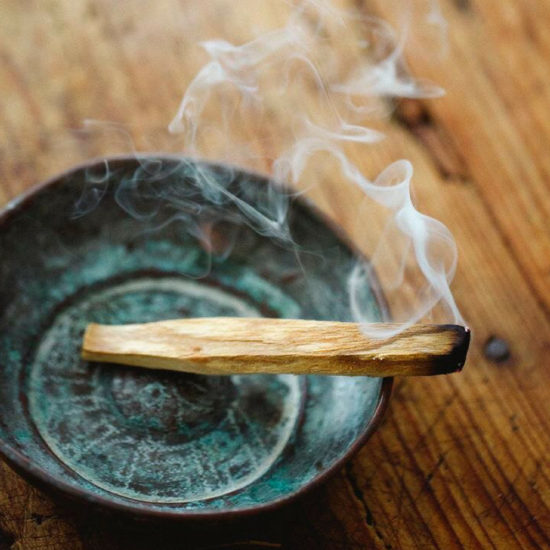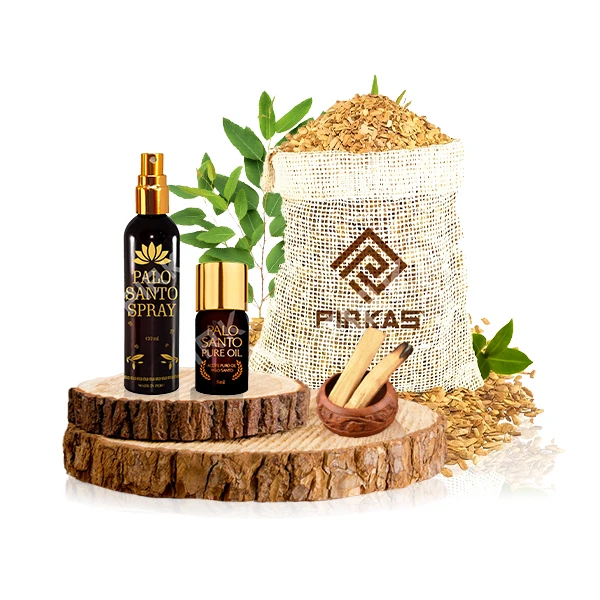Palo Santo (Bursera Graveolens) It is a native South American tree, especially Ecuador, Perú, Brazil, Argentina ... Family is the Burseraceae as incense. It has been used in cleansing rituals and purification from time immemorial by healers and Andean Amazonian shamans and. Collect as many healing properties that when the Spaniards arrived in the fifteenth century to the new continent called it "Santo", LIGNUM VITAE, The Sacred Wood.
What is LIGNUM VITAE?
Palo Santo (Bursera Graveolens) It is a native South American tree, especially Ecuador, Perú, Brazil, Argentina ... Family is the Burseraceae as incense. It has been used in cleansing rituals and purification from time immemorial by healers and Andean Amazonian shamans and. Collect as many healing properties that when the Spaniards arrived in the fifteenth century to the new continent called it "Santo", LIGNUM VITAE, The Sacred Wood.
2. Why it is considered a sacred scent? What is its history and tradition?
Almost all ancient cultures have used some kind of incense, from the biblical story of the Three Wise Men to the baby Jesus ofrendando myrrh and frankincense, the Babylonians and Egyptians using it, either as a means of giving to their gods, well as healing remedies.
Palo Santo It has been linked always to shamanic rituals of different cultures, no ceremony where its aromatic and exquisite wood does not burn. The tongue-Maskoy (indigenous people of Paraguay, Bolivia and Argentina near) They have the belief that a fire made with Palo santo wood prevents the evil spirits approach to housing. They attribute such property because of the particular clarity of the flames that emerge from this wood burning.
Los Tobas, original inhabitants of the Chaco region (Argentina), they use in their ceremonies fire calls Nareg.
Currently it is common use in ceremonies master plants such as ayahuasca, both in Europe and in America, in fact it is not understood that these ceremonies the wood does not burn, as it purifies the environment and clean room bad energies where they perform.
3. What does it smell like?
It has a surprisingly intense and penetrating aroma, with a touch subtly citric, slightly sweet. But what really surprises is its effect facilitator to the sacred encaminarte, the "unspeakable", permeating in the air a sense of harmony, peace and tranquility.
It is difficult to express in words a smell, Even more so when this fragrance has the ability to connect with the divine. As my son says: smells like "Angel".
The origin of the word perfume comes from the old Latin, "Per fumum" ie, through smoke. Smoke in this case becomes a vector capable of communicating with the gods or positive energy.
4. What is the difference between LIGNUM VITAE of Eastern origin known incenses?
Some oriental incense smell good, but those who come to the West left much to be desired in terms of its manufacturing process. They are mostly neutral bars to which are included in its composition various chemicals, including phosphorus, to have a uniform combustion, later immersed in tanks of different dyes and fragrances, some artificial completely.
In India, small workshops, frankincense mixed with cow dung (his sacred animal) which it is an excellent natural fuel, but unfortunately this ecological incense hardly reaches Europe.
5. Where does and how it is made the LIGNUM VITAE?
Palo Santo wood we use comes from trees that have already completed their life cycle and "die" naturally. Surprisingly, Wood freshly cut tree does not have the properties that I described above.
This is because once the tree fallen alchemical natural transformation process begins that lasts between 3 Y 4 years and only after that time the wood acquires aroma and healing. It is said that the spirits of the palo santo trees They materialize in the essential oil and are responsible that this is so powerful.
6. It is sustainable production or harms their habitat?
fully sustainable. In its production process not a single tree felling. It's more, workshops that supply me participate in a national reforestation program of this species, thereby contributing to environmental cleanup and reforestation of native flora, so that each day there are more trees Palo Santo They are returning to their ancestral landscape aspect.
What is LIGNUM VITAE?
Palo Santo (Bursera Graveolens) It is a native South American tree, especially Ecuador, Perú, Brazil, Argentina ... Family is the Burseraceae as incense. It has been used in cleansing rituals and purification from time immemorial by healers and Andean Amazonian shamans and. Collect as many healing properties that when the Spaniards arrived in the fifteenth century to the new continent called it "Santo", LIGNUM VITAE, The Sacred Wood.
2. Why it is considered a sacred scent? What is its history and tradition?
Almost all ancient cultures have used some kind of incense, from the biblical story of the Three Wise Men to the baby Jesus ofrendando myrrh and frankincense, the Babylonians and Egyptians using it, either as a means of giving to their gods, well as healing remedies.
Palo Santo It has been linked always to shamanic rituals of different cultures, no ceremony where its aromatic and exquisite wood does not burn. The tongue-Maskoy (indigenous people of Paraguay, Bolivia and Argentina near) They have the belief that a fire made with Palo santo wood prevents the evil spirits approach to housing. They attribute such property because of the particular clarity of the flames that emerge from this wood burning.
Los Tobas, original inhabitants of the Chaco region (Argentina), they use in their ceremonies fire calls Nareg.
Currently it is common use in ceremonies master plants such as ayahuasca, both in Europe and in America, in fact it is not understood that these ceremonies the wood does not burn, as it purifies the environment and clean room bad energies where they perform.
3. What does it smell like?
It has a surprisingly intense and penetrating aroma, with a touch subtly citric, slightly sweet. But what really surprises is its effect facilitator to the sacred encaminarte, the "unspeakable", permeating in the air a sense of harmony, peace and tranquility.
It is difficult to express in words a smell, Even more so when this fragrance has the ability to connect with the divine. As my son says: smells like "Angel".
The origin of the word perfume comes from the old Latin, "Per fumum" ie, through smoke. Smoke in this case becomes a vector capable of communicating with the gods or positive energy.
4. What is the difference between LIGNUM VITAE of Eastern origin known incenses?
Some oriental incense smell good, but those who come to the West left much to be desired in terms of its manufacturing process. They are mostly neutral bars to which are included in its composition various chemicals, including phosphorus, to have a uniform combustion, later immersed in tanks of different dyes and fragrances, some artificial completely.
In India, small workshops, frankincense mixed with cow dung (his sacred animal) which it is an excellent natural fuel, but unfortunately this ecological incense hardly reaches Europe.
5. Where does and how it is made the LIGNUM VITAE?
Palo Santo wood we use comes from trees that have already completed their life cycle and "die" naturally. Surprisingly, Wood freshly cut tree does not have the properties that I described above.
This is because once the tree fallen alchemical natural transformation process begins that lasts between 3 Y 4 years and only after that time the wood acquires aroma and healing. It is said that the spirits of the palo santo trees They materialize in the essential oil and are responsible that this is so powerful.
6. It is sustainable production or harms their habitat?
fully sustainable. In its production process not a single tree felling. It's more, workshops that supply me participate in a national reforestation program of this species, thereby contributing to environmental cleanup and reforestation of native flora, so that each day there are more trees Palo Santo They are returning to their ancestral landscape aspect.



